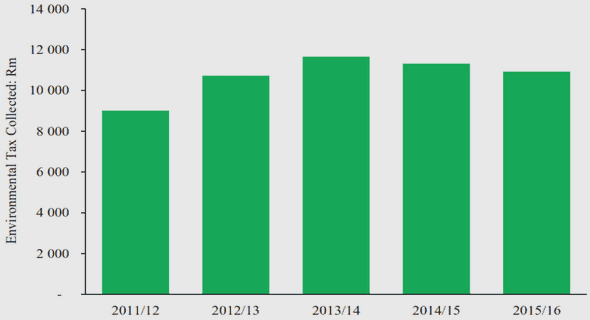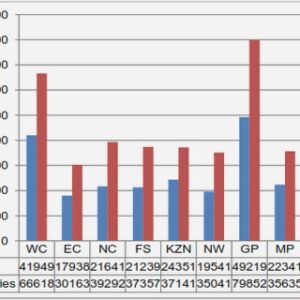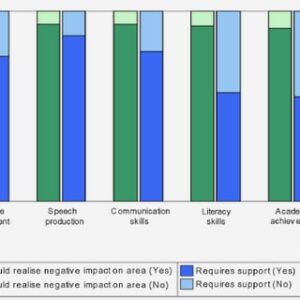(Downloads - 0)
For more info about our services contact : help@bestpfe.com
Table of contents
Chapter 1: General introduction
1. Speciation and Reproductive isolation
2. Modelling gene flow across space and time
3. Studying speciation: selection vs endogenous barriers
4. Insight from studies of parallel adaptation and parallel speciation
5. Lampreys as a model of speciation research
6. Goals of the Thesis
Chapter 2: Investigating gene flow and reproductive isolation in lampreys
Article 1: Low reproductive isolation and highly variable levels of gene flow reveal limited progress towards speciation between European river and brook lampreys
Chapter 3: Investigating divergence history of European river and brook lamprey
Article 2: Reconstructing the demographic history of divergence between European river and brook lampreys using Approximate Bayesian Computations
Chapter 4: Understanding speciation: moving toward genomics
Article 3: Inferring the demographic history underlying parallel genomic divergence among pairs of parasitic and non-parasitic lamprey ecotypes
Chapter 5: Effect of anthropogenic disturbance on population genetic diversity and structure of European brook lamprey
Article 4 Moderate effect of river fragmentation but strong influence of gene flow between ecotypes on the genetic diversity of brook lamprey populations
Chapter 6: Discussion & Perspectives
1. Low levels of reproductive isolation and high viability of F1s at an early developmental stage
2. The importance of the geographical context in studying speciation
3. The complexity of histories of divergence
4. Better characterizing isolated L. planeri populations
General Conclusion
Appendices
Appendix 1: Testing selection at linked sites: effects of BGS
Appendix 2: Development of a hybrid linkage map: mapping endogeneous and exogeneous barrier
Appendix 3: Testing outbreeding and heterosis in isolated L. planeri populations
References



